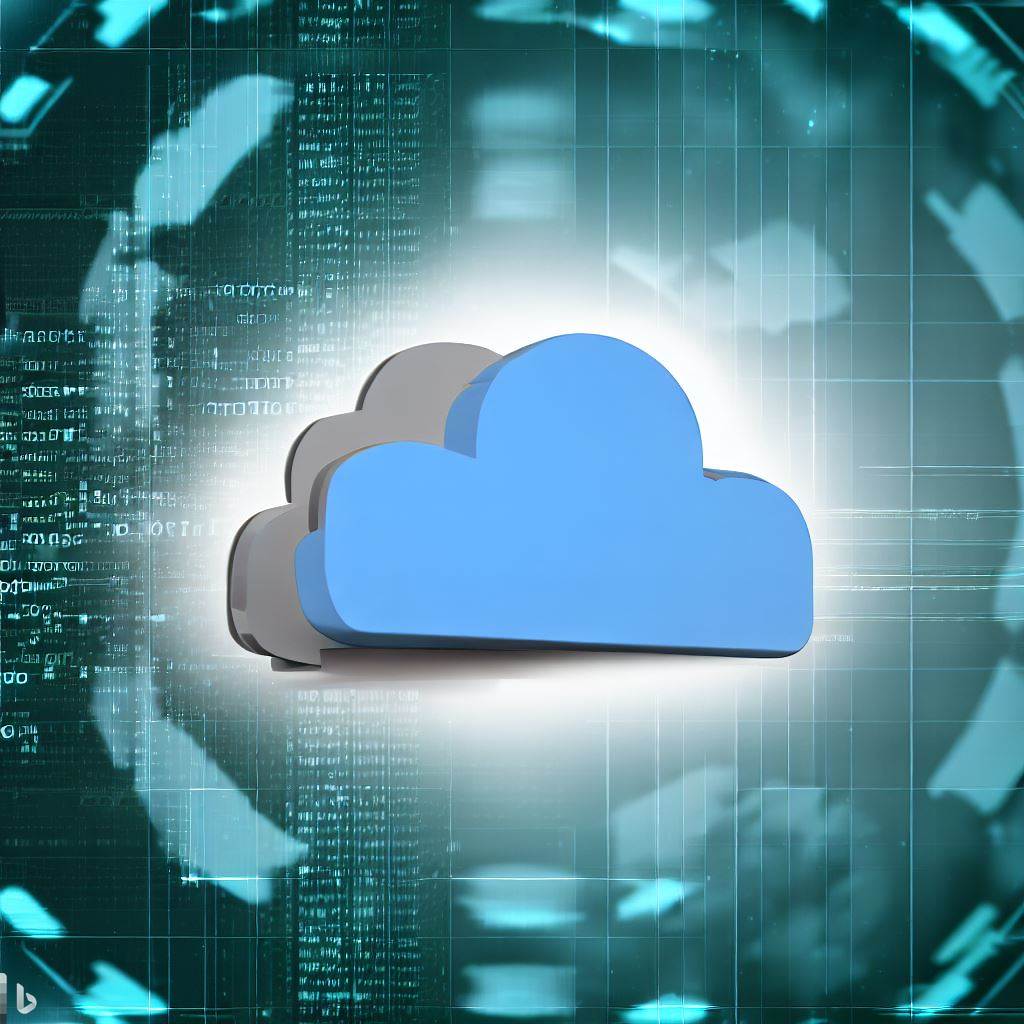In today’s fast-paced digital landscape, businesses are continually seeking ways to optimize their operations and gain a competitive edge. Two transformative technologies that have revolutionized the IT industry are cloud computing and virtualization. While both offer remarkable benefits, understanding their differences and evaluating their suitability for your business is crucial. In this article, we will delve into the intricacies of cloud computing and virtualization, empowering you to make an informed decision that aligns with your unique business requirements.
I. Understanding Cloud Computing:
Cloud computing is a paradigm that enables the delivery of on-demand computing resources over the Internet. Instead of relying solely on local infrastructure, businesses can leverage the vast computing power, storage capacity, and software services offered by cloud service providers. Cloud computing presents three primary service models: Infrastructure as a Service (IaaS), Platform as a Service (PaaS), and Software as a Service (SaaS).
Infrastructure as a Service (IaaS)
IaaS provides businesses with virtualized computing resources, such as servers, storage, and networking, on a pay-per-use basis. With IaaS, companies have the flexibility to scale their infrastructure up or down based on demand. This model eliminates the need for costly hardware investments, reduces maintenance efforts, and allows for rapid deployment of applications.
Platform as a Service (PaaS)
PaaS takes cloud computing a step further by providing not only infrastructure but also a complete development and deployment platform. This model enables businesses to focus on application development and innovation rather than infrastructure management. PaaS offers ready-to-use frameworks, tools, and runtime environments, simplifying the entire software development lifecycle.
Software as a Service (SaaS)
SaaS is the most user-centric cloud computing model, where businesses can access fully functional applications over the internet. Instead of purchasing and installing software on individual machines, users can log in to the SaaS provider’s platform and use the application as a service. This model offers hassle-free updates, accessibility from anywhere, and reduced maintenance overhead.
II. Unraveling Virtualization
Virtualization, on the other hand, is a technology that enables the creation of virtual instances of computing resources within a physical infrastructure. By abstracting the hardware layer, virtualization allows multiple operating systems, applications, or virtual machines (VMs) to run on a single physical server.
Server Virtualization
Server virtualization is the most common form of virtualization, where a hypervisor (virtual machine monitor) creates and manages multiple VMs on a single physical server. Each VM operates as an independent entity, with its operating system and applications. Server virtualization provides businesses with enhanced server utilization, improved hardware efficiency, and simplified management.
Desktop Virtualization
Desktop virtualization, also known as Virtual Desktop Infrastructure (VDI), enables the delivery of virtual desktop environments to end-users. With VDI, a centralized server hosts multiple desktop instances, which can be accessed remotely by users through thin clients or other devices. This approach enhances data security, enables remote work capabilities, and simplifies desktop management and updates.
Like what you’re reading? Check out our other articles/blogs.
Virtualization 101: What It Is, How It Works, and Why You Need It
Backup Resiliency: What It Is and How to Get It
III. Choosing the Right Fit
Now that we have explored the fundamentals of cloud computing and virtualization let’s evaluate the factors that can guide you in selecting the optimal technology for your business:
Scalability and Flexibility
Cloud computing, particularly the IaaS and PaaS models, offers unmatched scalability. With the ability to provision or de-provision resources on demand, businesses can quickly adapt to fluctuating workloads. Virtualization, on the other hand, primarily enhances scalability within a single server. If your business requires rapid scalability across multiple servers and locations, cloud computing might be the preferred choice.
Cost Considerations
Both cloud computing and virtualization can lead to cost savings, but the dynamics differ. Cloud computing typically involves operational expenses (OpEx) as you pay for the resources and services you consume. Virtualization, in contrast, often requires upfront investments in hardware and infrastructure but can lead to long-term savings on hardware procurement and maintenance. Analyzing your budget and cost preferences is vital in making the right decision.
Security and Control
For businesses that deal with sensitive data or have strict compliance requirements, security, and control are critical factors. While cloud computing providers invest heavily in robust security measures, some organizations may prefer the added control of virtualization, where data remains within their infrastructure. Virtualization allows businesses to implement customized security measures and maintain complete control over their environment.
Business Continuity and Disaster Recovery
Cloud computing inherently offers built-in redundancy and disaster recovery capabilities. Service providers typically have geographically distributed data centers and employ backup and replication strategies to ensure high availability. Virtualization can also contribute to business continuity but may require additional investments in redundant hardware and disaster recovery infrastructure.
Summary
Cloud computing and virtualization are transformative technologies that have reshaped the IT landscape. While cloud computing offers scalable and flexible solutions, virtualization enhances efficiency within a single infrastructure. By evaluating factors such as scalability, cost considerations, security, and business continuity, you can make an informed decision about which technology aligns best with your business objectives. Ultimately, both cloud computing and virtualization have the potential to propel your business forward in the digital age, and the choice depends on your unique requirements and strategic vision.
Do you have a software/mobile development project in mind? Contact us today and let us help you turn your idea into reality. We have the skills, experience, and passion to create amazing solutions for your business needs. Email us at sales@nesesho.com
Want to know more about our Tech Solutions? Visit us at www.nesesho.com



